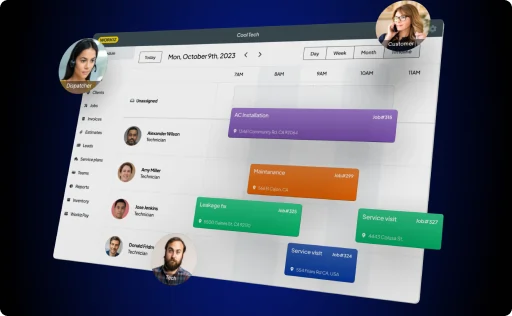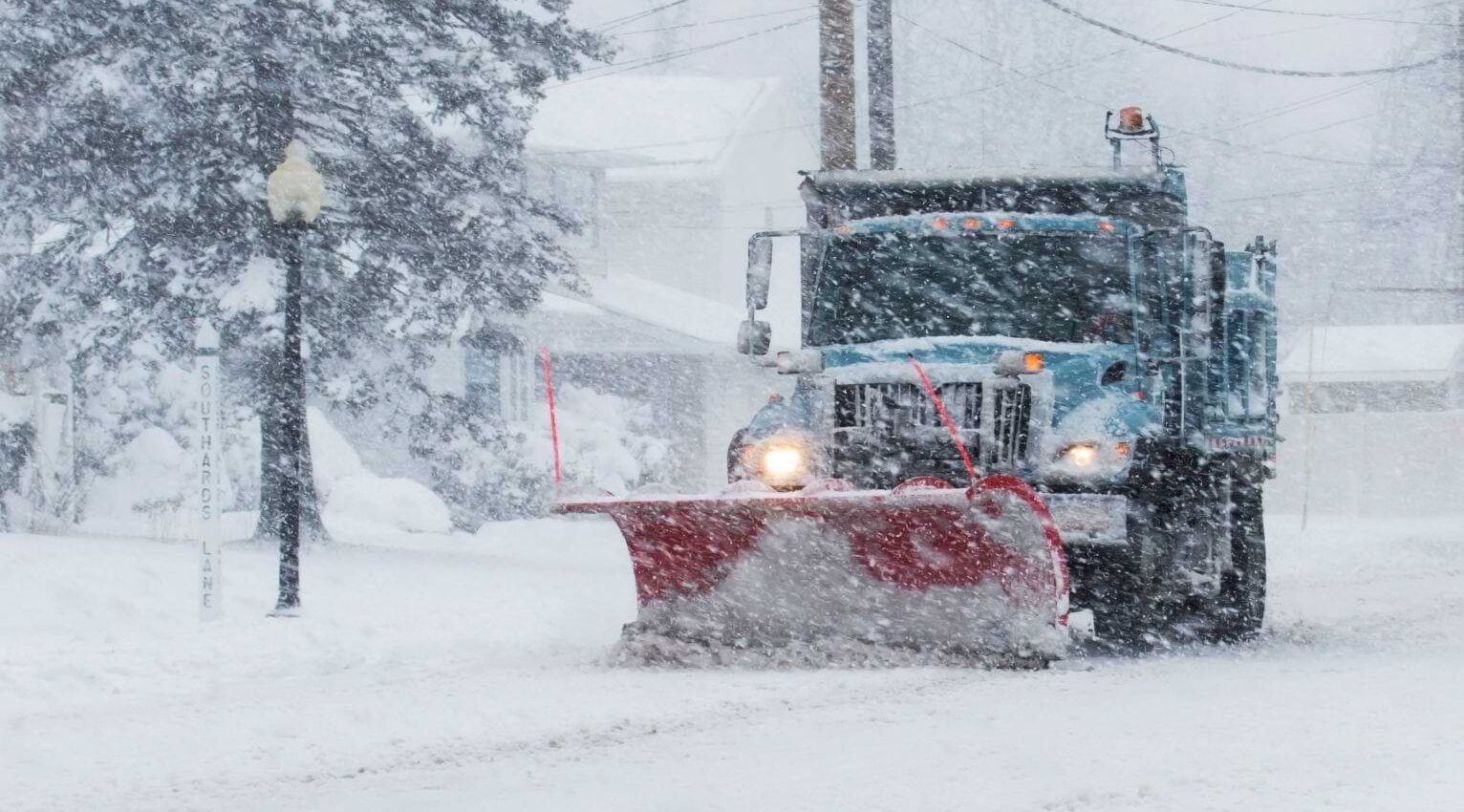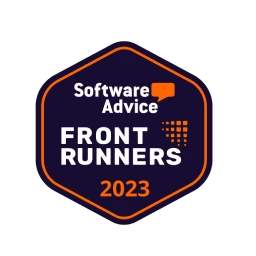Whether you like it or not, some of the work you do (like construction, painting, landscaping, or garage door repair) depends on relatively even weather in order to last longer. Though we often repair storm damage caused by rain, wind, and minor to midlevel storms, bombogenesis is another extreme weather category we should be aware of.
What is bombogenesis?
If bombogenesis actually sounds familiar, it’s probably because you’ve heard of another kind of bombogenesis, called ‘explosive cyclogenesis.’ In explosive cyclogenesis, a low-pressure system moves off the coast and gains intensity at a sudden rate, creating a rapidly strengthening storm.
In bombogenesis, however, a rapidly intensifying area of low pressure develops along a coastal area—usually over warm waters—and then moves quickly onto land. This causes wind speeds to increase rapidly, causing an extreme drop in atmospheric pressure.
So bombogenesis is just another term for a rapidly strengthening area of low pressure, right? Actually, bombogenesis is more specific—it refers to an intense storm that forms over the ocean and intensifies as it moves toward land at a speed faster than 24 knots, or about 28 miles per hour.
The bombogenesis definition also includes a maximum sustained wind speed of at least 34 knots, which is hurricane-force. The “bomb” then hits full force when it makes landfall, potentially bringing hurricane-force winds and heavy snowfall.
How should I prepare for bombogenesis?
Let’s start by stating the obvious – If you live in an area that may be impacted, you should stay up-to-date on weather forecasts and leave work before bombogenesis hits. It’s difficult to predict precisely, so keep up with the news to stay alert on where and when the storm is about to hit.
Having said that, if you still have work to do before or during bombogenesis (as you might), here are a few tips to help you stay safe while still providing the best service to your clients:
-
Drive with caution
If you must travel during bombogenesis, keep an eye out for changing road conditions so you can alter your route if necessary. Don’t drive through flooded areas of the road—not only is it dangerous for your car, but it could also flood nearby buildings or homes where people may still be inside.
It is also essential to have an entire stock of emergency supplies, including food and water. A generator may come in handy if you need to work in an area without electricity, so make sure that it is in good working order. Batteries and flashlights can also be used if you don’t have one. In addition, make sure that your vehicles are fully stocked with gasoline and that you have a complete set of snow tires. Anyhow, drive slowly and be aware of the potential for black ice.
-
Stay connected
Make sure you have either a charged cell phone or an emergency power supply with enough battery life on hand in case you experience extended power outages. It would be best if you also considered purchasing a backup power supply for your devices, like the TLP 2844d, which has multiple ports to charge all of your mobile devices during extended outages quickly.
-
Warm up
Ensure that you have an entire stock of winter weather gear, including heavy coats, boots, hats, and gloves. You won’t accomplish any tasks if you’re uncomfortable or unable to perform at your highest level.
-
Inform your clients
Your customers will probably be home at the height of the storm, so be sure to plan for extra service calls. Be prepared to work long hours and have the whole staff on hand. Then again, prioritize clients who suffer bombogenesis-related damages, as these are often more urgent and critical.
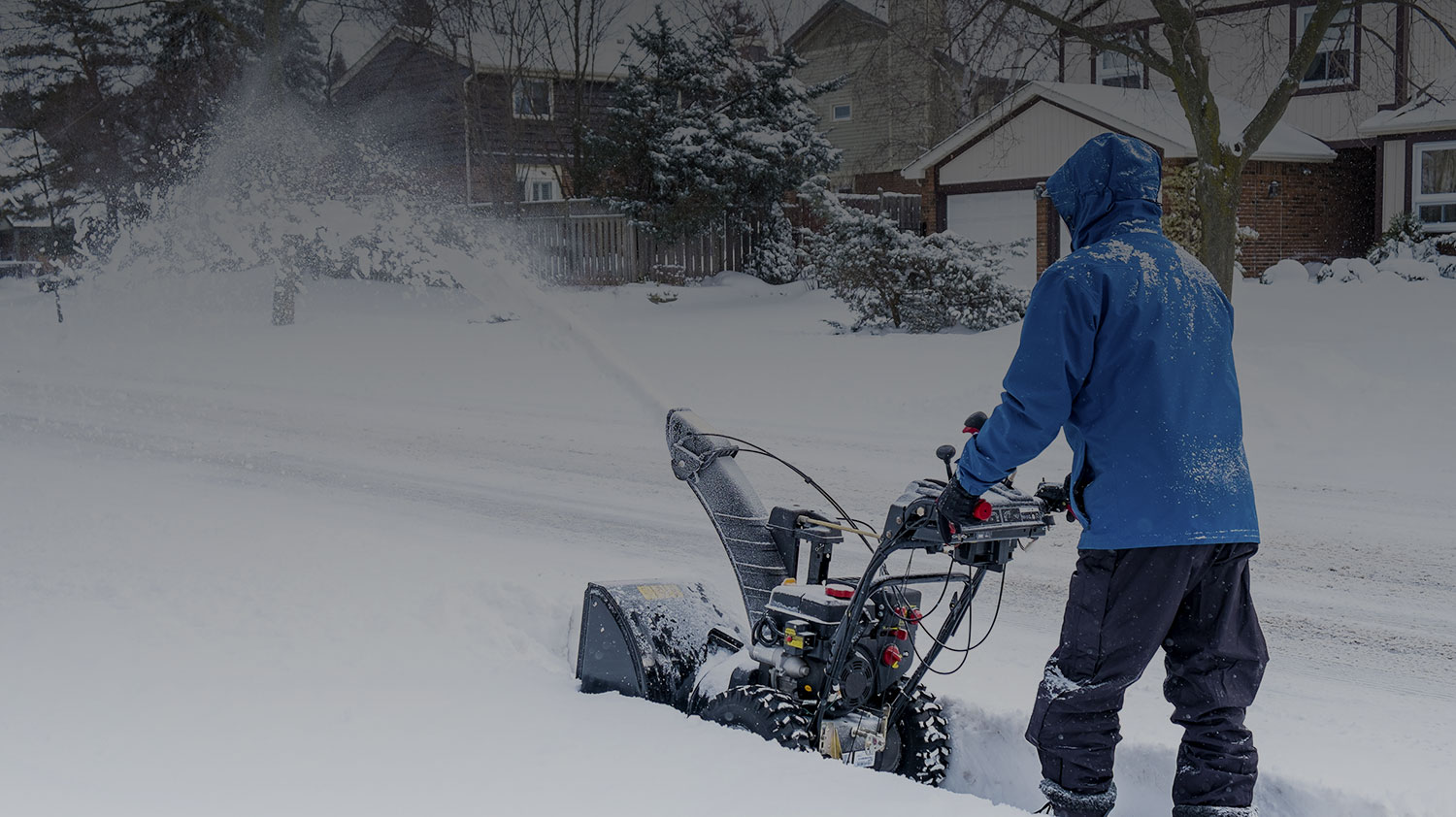
What to do after bombogenesis?
You’re likely to be bombarded with calls and booking requests long after the storm ends, so don’t slow down until the weather returns to normal a week or so later.
If you’re a Workiz user, you can even go the extra mile for your clients by following these tips:
-
Make booking easy
Handling the damages caused by a powerful storm can be stressful enough for your clients, especially if their power shuts down in the middle of the night (leaving them with no heating) or their pipeline leaks out of nowhere. Clients shouldn’t have to wait until morning to feel like they’re stepping out of the dark ages. Enable them to book your services online 24/7, either via your website or straight out of search results (using Google’s Local Services Ads integration).
-
Answer every call (even when you don’t)
Sometimes your clients simply want to talk to someone. Avoid missing calls during rush hours or when bombogenesis is at its peak. Use Workiz’s Call Queueing feature and send reminders to your dispatchers so they can make sure every client is taken care of.
It’s also best to make sure that your dispatchers answer the phone with the patience and sensitivity required in this type of situation. You can listen to call recordings via Workiz’s phone system to ensure they do.
-
Go virtual
Do not leave your clients in the dark (literally) if you cannot access their homes due to a damaged road or a raging storm. If the job is something you can instruct them to do, invite them to a Zoom chat. With Workiz’s Zoom integration, you can provide them with the help they need and still refer to it just like any other job.
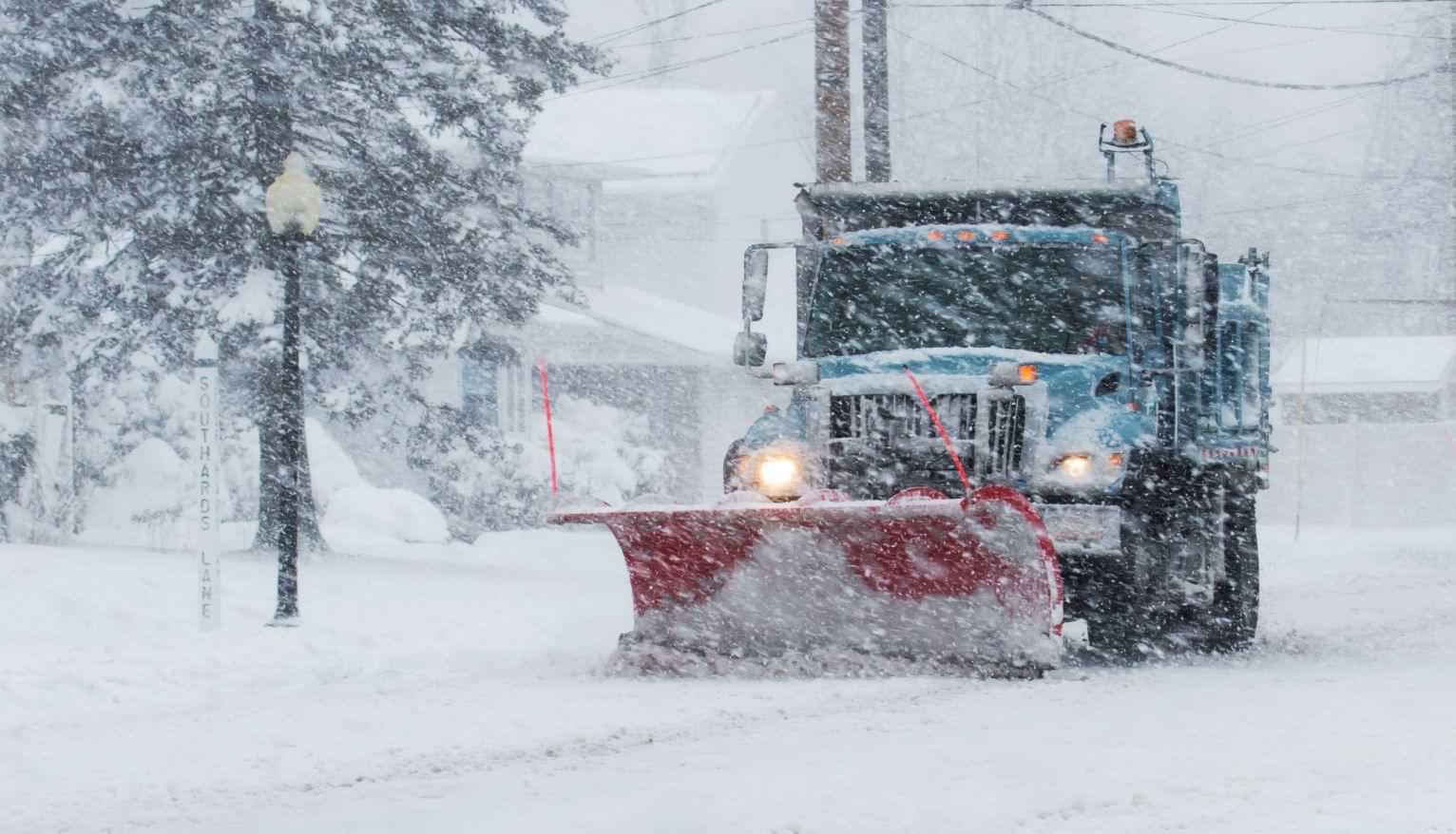
Winter is coming
You don’t have much time to prepare, but when bombogenesis hits, you *need* to be prepared. Keep your crews in the loop and avoid being caught off guard so that bombogenesis doesn’t take a toll on you or your employees.
At the same time, be considerate towards your clients. If you can’t make it to their homes, assist them virtually and handle every call with care and sensitivity. If you go the extra mile for a client, they’ll remember you when the storm is over. That not only improves revenue and your business reputation – but helps you do something kind for your community.
